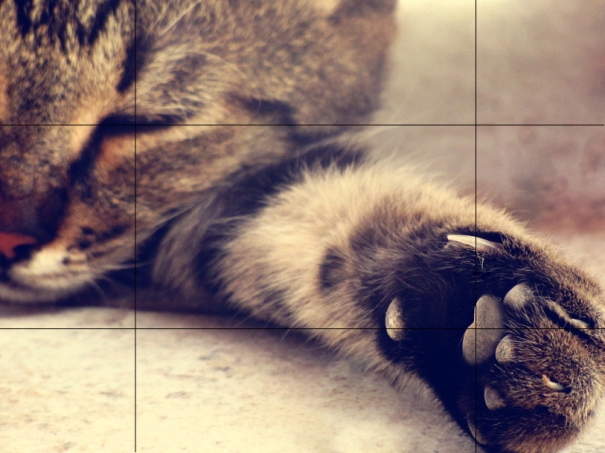The impact of technology and technical developments
The advent of the Internet and e-commerce has brought a large new income stream to the design industry. Internet technology also leads to easier working between designers and their clients worldwide, a particular strength when dealing with global clients.
Graphic art software applications like Adobe’s PhotoShop and Illustrator enable designers work at much faster rate and more independently. Computers and software applications are generally seen by creative professionals as more effective production tools than traditional methods. They do not limit the creativeness of a designer with spacial needs, materials or time.
An important factor to note, is that as well as making the design process easier, the technology improvements give more and more job opportunities for the designers in the industry. The digital approach to any kind of market demands for a competitive edge via the design of websites and advertisements.
Legal and statutory controls
Intellectual property law is made up of many elements of legal protection and a business might be concerned with any number of them. In some cases, IP ownership and its associated protection is inherent in the creation of the work and does not necessarily require further registration. Copyright is one example, which typically applies to ‘artistic’ works, such as books, music, software code and graphics. In other types, such as patents, registration is required. The tricky aspect is that any given design may qualify for one or more of the different intellectual property rights. Graphic design for a book, for example, would qualify for copyright, whilst the graphic elements of product packaging – such as the colours, lines or contours – might qualify for a ‘registered design right’, which is a different thing.
The main types of intellectual property rights are:
– Patents
– Copyright
– Unregistered design right
– Registered design right
– Trademarks
Contracts are a crucial thing and the designer should always value their ideas.
Health and safety issues
Business and financial support organisations
ARTS COUNCIL http://www.artscouncil.org.uk/
The Arts Council’s mission is to develop, sustain and promote the arts. The Council’s priority is to bring the arts to a wider audience, encourage individuality and experimentation, nurture creativity across the generations, embrace diversity of culture and explore new forms of expression.The Arts Council is an independent, non-political body working at arm’s length from the Government.
CIDA http://www.cida.co.uk/
CIDA is a specialist support agency that provides services to the creative and cultural industries.
Services include business consultancy, organisational development, strategic planning, marketing support, funding guidance, training advice, publication and distribution of relevant information, signposting relevant services, facilitating networking, and supply chain and cluster development.
It also offers advice, training, fundraising, networking, an online directory, factsheets and funding databases, as well as consultancy covering research, marketing, project and event management expertise.
MY CAKE http://www.mycake.org/
MyCake provides online book-keeping and benchmarking services specially tailored for the needs of Creative Entrepreneurs. They also run monthly training sessions to help Creative Entrepreneurs to get a grip on their financial management without boring themselves to tears.
Industry and professional associations
AIGA: the professional association for design, is committed to advancing design as a professional craft, strategic tool and vital cultural force.
DBA: Trade association for design consultancies promoting effective design & encouraging high standards. Doesn’t provide careers advice but website provides details of its 200 member consultancies & showcases award winning design work.















